It’s not always easy to incentivize private landowners to voluntarily implement water efficiency and conservation measures, particularly when there’s a drought. When drought hits, farmers desperately need water to grow thirsty crops and remain profitable. In the near term, it’s a lot easier, as “60 Minutes” recently reported, to keep drilling deeper and deeper to access quickly dwindling groundwater – at any cost.
As the “60 Minutes” story notes, groundwater is like a savings account that should primarily be used in times of need to supplement surface water supplies. With the most severe drought ever on record and surface water supplies at an all-time low, farmers all across California are pumping groundwater in record amounts – putting the state in serious risk of widespread groundwater overdraft.
That’s why the case of Full Belly Farm, a 400-acre, 30-year old certified organic farm located in Northern California – and recent winner of the prestigious Leopold Conservation Award – is especially impressive.










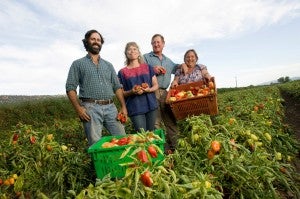
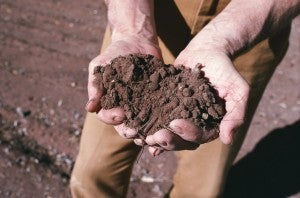
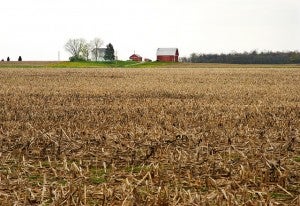


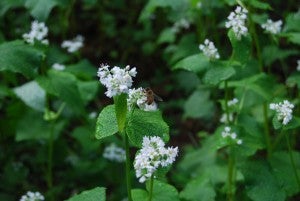
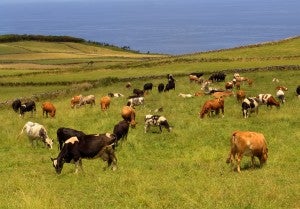
 There’s a growing excitement around spreading compost on rangelands to help fight climate change. Over the past four years we have learned that grazed rangelands are really good at pulling carbon out of the air and sequestering it in the soil below. And if you add compost just one time, you can capture carbon dioxide from the atmosphere for more than seven years. Plus, you’ll increase both the quality of the grasses and the ability of the soils to hold water. If we scaled this to just 5 % of California’s rangelands, we could capture approximately 28 million metric tons of carbon dioxide per year, which is about the same as the annual emissions from all the homes in California.
There’s a growing excitement around spreading compost on rangelands to help fight climate change. Over the past four years we have learned that grazed rangelands are really good at pulling carbon out of the air and sequestering it in the soil below. And if you add compost just one time, you can capture carbon dioxide from the atmosphere for more than seven years. Plus, you’ll increase both the quality of the grasses and the ability of the soils to hold water. If we scaled this to just 5 % of California’s rangelands, we could capture approximately 28 million metric tons of carbon dioxide per year, which is about the same as the annual emissions from all the homes in California.